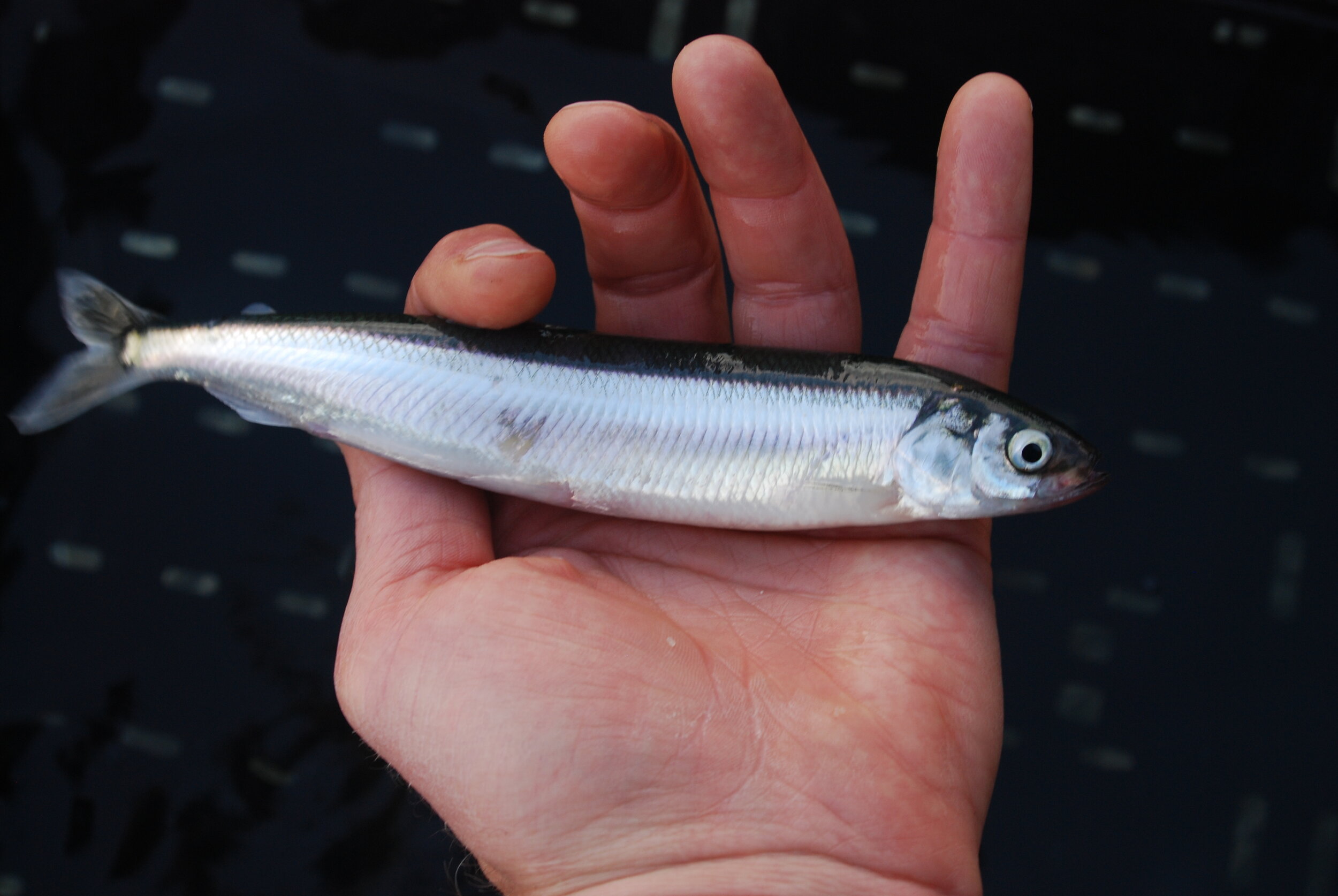Janice Sears is a longtime champion of SeaDoc Society’s work in the Salish Sea—her special “home away from home.” In addition to her great energy and spirit, she’s a recurring monthly donor, meaning she has scheduled an automatic donation at the start of each month, and a Wildlifer, the backbone of our program. In addition to all of that, Janice is exploring becoming a legacy giver as well.
A legacy gift is a planned future donation—a way to make an investment in something you care about after you are gone. It can provide important tax benefits, including a charitable income tax deduction or savings on capital gains taxes. Gifts can be structured to give you lifetime use of your property or income from your investments.



















